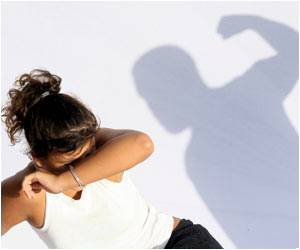One in 10 kids face increased risk of physical and sexual abuse, future PTSD due to gender nonconformity, says study.

"The abuse we examined was mostly perpetrated by parents or other adults in the home. Parents need to be aware that discrimination against gender nonconformity affects one in ten kids, affects kids at a very young age, and has lasting impacts on health," said lead author Andrea Roberts, a research associate in the Department of Society, Human Development, and Health at HSPH.
PTSD has been linked to risky behavior such as engaging in unprotected sex, and also to physical symptoms such as cardiovascular problems and chronic pain.
The researchers, led by Roberts and senior author S. Bryn Austin, associate professor in the Department of Society, Human Development, and Health at HSPH, and in the Division of Adolescent and Young Adult Medicine at Children's Hospital Boston, examined questionnaire data gathered from nearly 9,000 young adults (average age 23) who enrolled in the longitudinal Growing Up Today study in 1996. Respondents were asked in 2007 to recall their childhood experiences, including favorite toys and games, roles they took while playing, media characters they imitated or admired, and feelings of femininity and masculinity. They also were asked about physical, sexual, or emotional abuse they experienced and were screened for PTSD.
Men who ranked in the top 10th percentile of childhood gender nonconformity reported a higher prevalence of sexual and physical abuse before age 11 and psychological abuse between ages 11 and 17 compared with those below the median of nonconformity. Women in the top 10th percentile reported a higher prevalence of all forms of abuse as children compared with those below the median of nonconformity. Rates of PTSD were almost twice as high among young adults who were gender nonconforming in childhood than among those who were not.
The researchers also found that most children who were gender nonconforming were heterosexual in adulthood (85%), a finding reported for the first time in this study. "Our findings suggest that most of the intolerance toward gender nonconformity in children is targeted toward heterosexuals," said Roberts.
Advertisement
Source-Eurekalert









